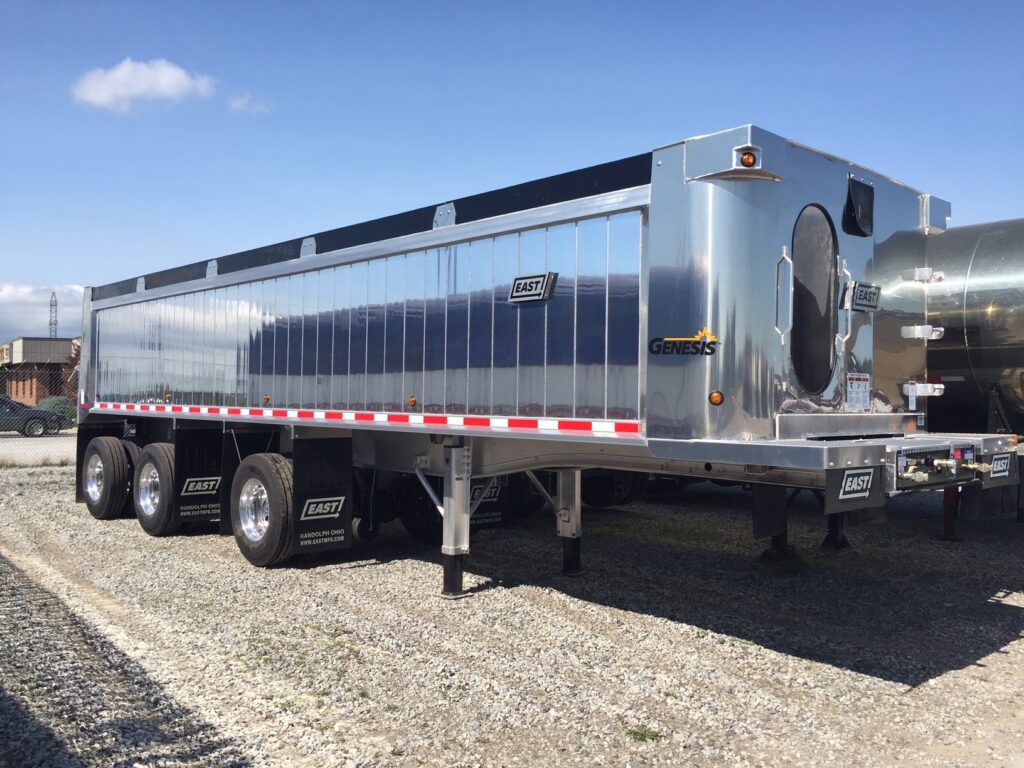Trucking and carriers play a vital role in the transportation industry in Ontario, Canada. These businesses are responsible for moving goods and products across the province, ensuring that they reach their destination safely and efficiently. With the increasing demand for goods and services, the trucking and carrier industry in Ontario has experienced significant growth in recent years.
One of the key challenges facing trucking and carriers in Ontario is the need to comply with strict regulations. The province has implemented several measures to ensure the safety of both drivers and the public, including mandatory training and testing for commercial drivers, as well as regular vehicle inspections. These regulations can be time-consuming and costly for carriers to comply with, but they are essential for maintaining a safe and efficient transportation system.
Another challenge facing the trucking and carrier industry in Ontario is the shortage of qualified drivers. The demand for skilled drivers has increased significantly in recent years, making it difficult for carriers to find and retain qualified employees. This has led to increased competition for drivers and higher salaries, as carriers try to attract and retain the best talent.
Despite these challenges, the trucking and carrier industry in Ontario remains a vital part of the economy, and there are many opportunities for businesses to succeed. By investing in technology and training, carriers can improve their efficiency and reduce their operating costs. This can help them stay competitive in an increasingly crowded market.
One area where technology is particularly useful is in the tracking and monitoring of vehicles. GPS tracking systems allow carriers to monitor the location and performance of their trucks in real-time, helping them to optimize routes and reduce fuel consumption. This can have a significant impact on a carrier’s bottom line, making it an essential investment for any business looking to succeed in the industry.
In addition to the challenges mentioned above, trucking and carriers in Ontario also face the issue of rising fuel costs. These costs can have a major impact on a carrier’s profitability, as fuel is typically one of their largest operating expenses. To mitigate this, carriers may choose to invest in more fuel-efficient vehicles or implement strategies such as route optimization to reduce fuel consumption.
Another important factor to consider in the trucking and carrier industry is the role of government policies and regulations. The government plays a significant role in shaping the landscape of the industry, and carriers must stay informed about changes that may affect their business. For example, the Ontario government recently announced a plan to invest in the expansion and improvement of highways and roads, which could have a positive impact on carriers.
In addition to compliance with regulations, carriers must also be aware of their impact on the environment. This includes reducing emissions and using sustainable practices, such as participating in green initiatives or using alternative fuels. By taking a proactive approach to environmental responsibility, carriers can not only reduce their own costs, but also demonstrate their commitment to sustainability and social responsibility.
One way that carriers in Ontario can stay informed about changes and developments in the industry is by joining professional organizations and trade associations. These groups provide a range of resources and services to their members, including access to industry news, networking opportunities, and training and education. Some examples of trade associations in the trucking and carrier industry in Ontario include the Ontario Trucking Association (OTA) and the Canadian Trucking Alliance (CTA).
One example is the Drift Carrier in Ontario. Drift Carrier is a leading heavy hauling company in Ontario, specializing in the transportation of oversized and heavy loads. With a fleet of state-of-the-art carriers and experienced operators, Drift Carrier is equipped to handle any heavy hauling project with precision and efficiency. In addition to their comprehensive hauling services, Drift Carrier also offers comprehensive logistics support, ensuring that your project is completed on time and within budget. Drift Carrier is dedicated to meeting the evolving needs of their clients, and they stay up to date on the latest regulations and technology to ensure the safety and efficiency of their operations. For reliable heavy hauling in Ontario, trust the professionals at Drift Carrier.
This heavy hauling company from Ontario works with a network of owner operators to provide goods transportation services across North America as well. The company partners with these independent contractors to offer a range of transportation services, including the transportation of oversized and heavy loads. Drift Carrier also provides support to their owner operators, including access to maintenance and repair services and training and development opportunities. By working with experienced and professional owner operators, Drift Carrier can offer a wide range of transportation services to meet the diverse needs of their clients. They use advanced technology, such as GPS tracking, to ensure timely delivery and to monitor the progress of shipments. Drift Carrier is committed to providing reliable and efficient goods transportation services to clients across North America.
Top of Form
Bottom of Form
Overall, the trucking and carrier industry in Ontario is facing a range of challenges, including strict regulations, a shortage of qualified drivers, and rising fuel costs. However, by investing in technology and training, staying informed about government policies and regulations, and adopting sustainable practices, carriers can overcome these challenges and succeed in this important and dynamic industry.
To summarise, the trucking and carrier industry in Ontario is critical to the transportation of goods and products throughout the province. Despite challenges such as strict regulations, a shortage of qualified drivers, and rising fuel costs, carriers in Ontario can overcome these obstacles and succeed in the industry by investing in technology and training, staying informed about government policies and regulations, and adopting sustainable practises. Carriers can improve their efficiency, lower their costs, and remain competitive in an increasingly crowded market by doing so. The trucking and carrier industry in Ontario will undoubtedly continue to play an important role in the economy, and businesses that can adapt and innovate will be well-positioned for success in the coming years.
Sources:
Ontario Trucking Association: https://www.ontruck.org/
Canadian Trucking Alliance: https://cantruck.ca/
Government of Ontario: https://www.ontario.ca/page/trucking-and-transportation-industry

